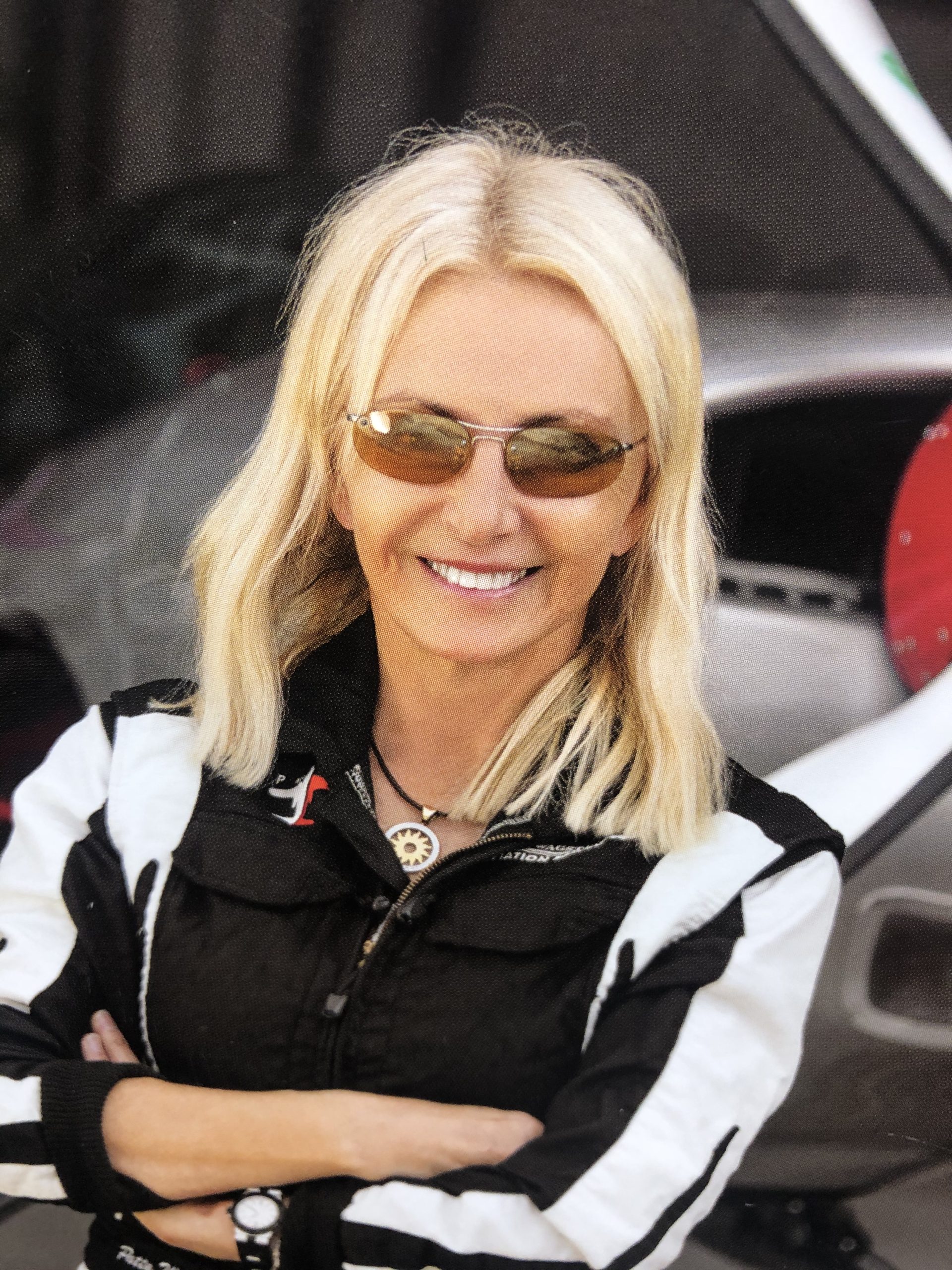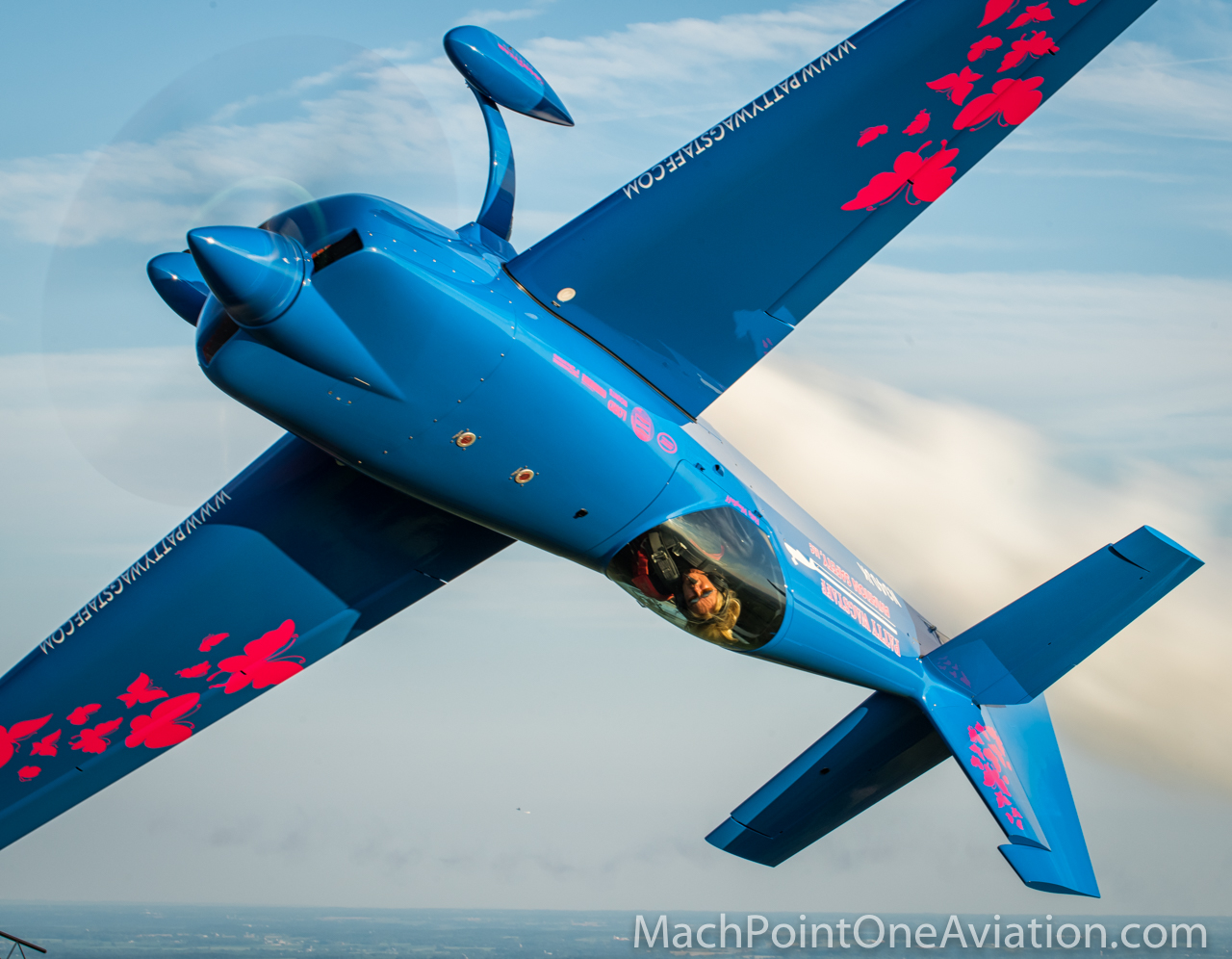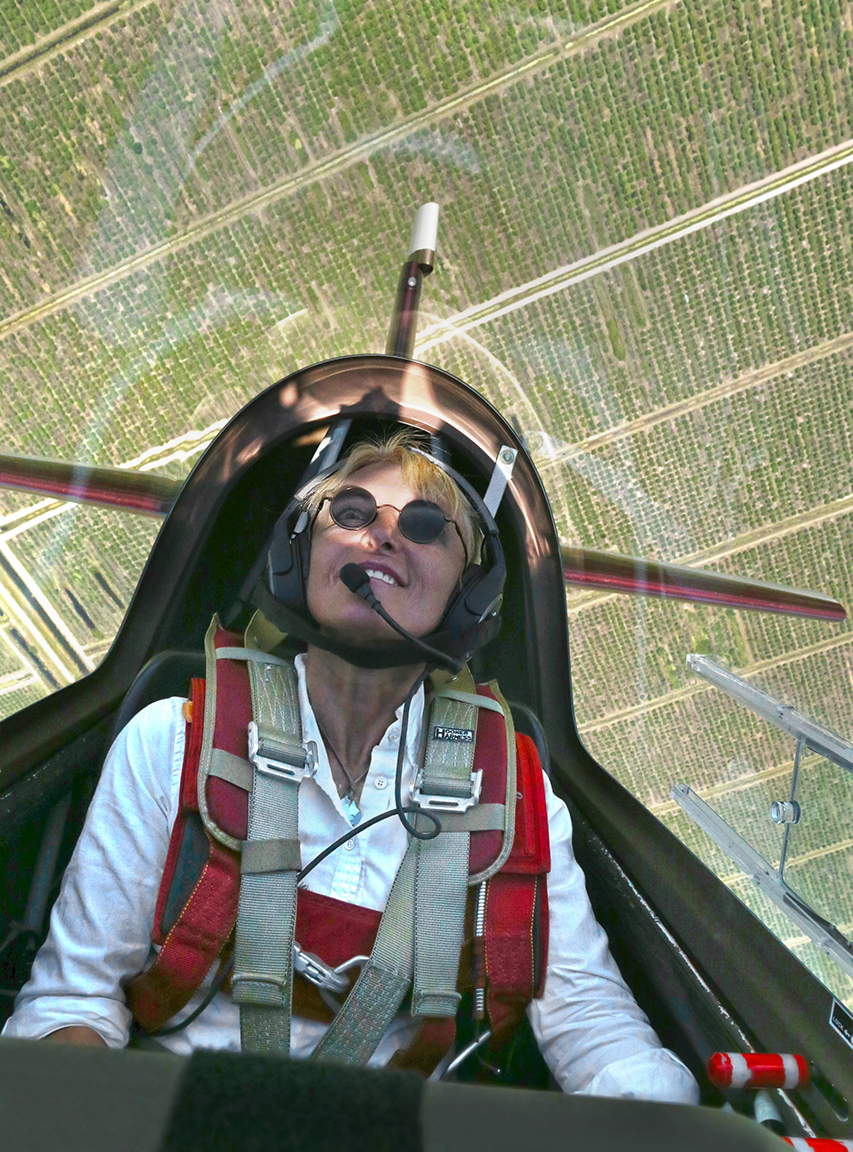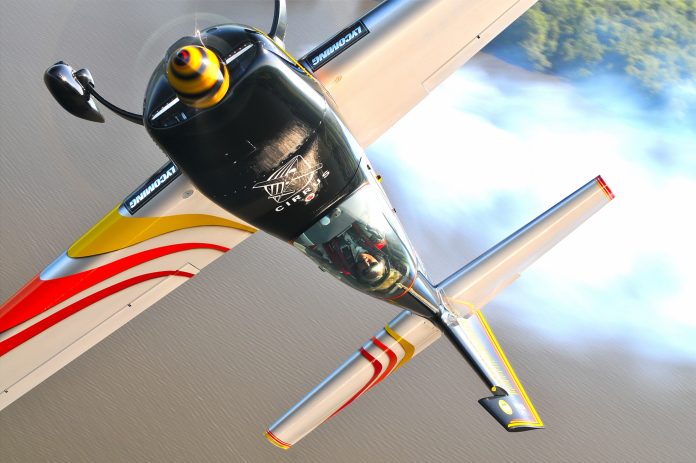In this interview, American aviator Patty Wagstaff gives her tips for staying safe in the skies
Patty Wagstaff might be one of the world’s most recognised female aerobatic pilots, but she’s much like the rest of us with wings – lovers of flight who bask in the ‘great sense of freedom’ that the infinite playground awards us.
As a three-time US National Aerobatic Champion, six-time member of the US aerobatic team, Gold, Silver and Bronze Medal winner in International Aerobatic Competition and inductee of the National Aviation Hall of Fame, the aeroplane is pretty much her second skin.
Flying is joy and the sky is her ‘safe place’ that not even a few flying incidents have rattled. Hearing this is an interesting contrast to the pilots without an aviator lineage, where fear tends to copilot their cockpit.
That said, Patty relates to the nerves that appear with learning something new and the continuous challenges and progressions of being a licensed pilot.
‘It’s normal to be unsure of yourself and lack self-confidence until you get experience and feel more and more comfortable,’ she says. ‘But then, the key is not to feel too comfortable.’

Here are Patty’s top 5 aviation wisdoms for a lifetime of joyful flying.
- If you’d love to fly, start
When Patty entered aviation, there wasn’t the advocacy for female pilots like there is today. Early on, she had to develop a strong internal dialogue that said, ‘You can learn this. And if they [the men] can do it, I can do it’.
She doubted her capabilities as she strived to be better, learn aerobatics and then compete. Until she realised that the other pilots – men and women – weren’t superhuman. Physically they weren’t much bigger or necessarily more intelligent and that’s when she realised there wasn’t much difference between herself and them.
‘Realise it’s something you can do!’ – that’s Patty’s main message to budding pilots.
- Know your edge
According to Patty, ‘being safe and flying takes a lot of maturity and awareness’, which not everybody has when they start. But flying has a way of forcing people to gain self-awareness, responsibility, discipline and, as a result, maturity.
Two aspects of maturity she takes seriously are complacency and self-confidence. Most of us are taught early on not to be complacent – always do checklists, use procedures – and if you do, you’re going to be pretty safe.
However, she says. ‘There are critical times, like 500 hours, 1000 hours, 3000 hours, where you start to think, “I’ve got this, I’m pretty good, I have it figured out” – and that’s when you really have to watch it.
‘You do have to push a little bit here and there, as that’s the way you get better, but it’s more about awareness of where you’re at. The more experience you have, the more aware you need to be’.

- Never deviate from procedures
Regardless of the plane you fly, whether it’s a jet, turboprop or Cessna 172, Patty urges, ‘always do one last safety check’. A CIGAR check is one procedure she vows to have kept her safe all these years.
‘Sometimes, if I’m tired, and I’m on a really long trip in a little aerobatic plane, I’ll do it three times before I take off. I know these are the killer items and are the things that will get me if I don’t check them.’
CIGAR CHECK
C – Controls. Are your controls free and correct? It can also be a cargo or cabin door or canopy.
I – Instruments. Put your finger on every instrument, left to right, touch it. Otherwise, it’s easy to miss something. But if you touch it, you’re not going to miss it.
G – Gas. Do you have enough fuel? Are the tanks set right? Check the gauges.
A – Attitude (flight attitude). Trim and flaps. Are you trimmed out, are your flaps set?
R – Run-up. You might not have that in a jet but check radios or something else. There are always other things to check.
- Patty’s safety mindset
Patty is deeply inspired to keep general aviation alive through her aerobatic flight school in Florida, Patty Wagstaff Aviation Safety. The philosophy of her course supports people in becoming safer pilots. Why? Because, as she says, ‘If you have confidence, feel safe and feel good about your skills, you will enjoy flying more’.
Her personal safety mindset is to remove all distractions before a flight.
‘Being from the airshow world, we talk a lot about a little bubble that you have to put around yourself before you fly,’ she says. ‘It’s really important to have 30 minutes before you fly where you don’t have any distractions – you don’t want to [just] jump in the aeroplane. You want your mind to be clear.’
That wisdom is not just for air show pilots – it goes for all kinds of flying. ‘I’ve seen people loading the plane, the kids, the bags and everything’s hectic – you need a little time for yourself to focus. It’s really important.’

- Adjust for the moment
Patty’s not a stranger to distractions right before a flight where it’s been tough to mentally compartmentalise things – like volunteering to keep a plane in the sky after a flying accident at a show.
In all moments, particularly when flying a show, her priority is to be ‘completely one with the aircraft. I just want to be there, 100% focused on what I’m doing’.
Where it’s harder to compartmentalise, she encourages pilots to adjust their flying. The advice isn’t only for ‘big’ distractions. Waking up with a headache or not feeling 100% are to be factored into your flying capacity for that day, she says. Don’t push the envelope, regardless of how much experience you have.
To read more about Patty Wagstaff, check out https://pattywagstaff.com/





